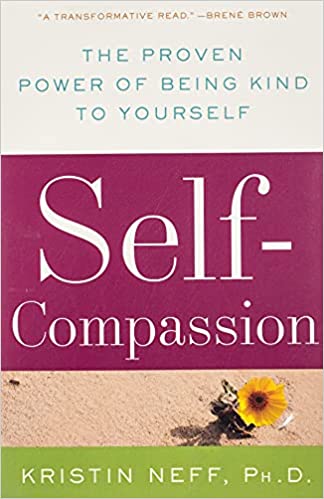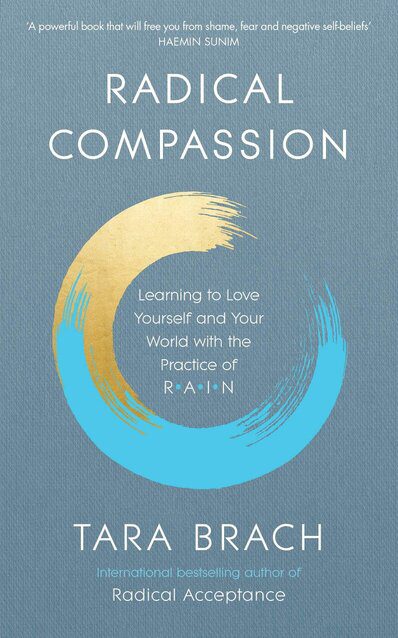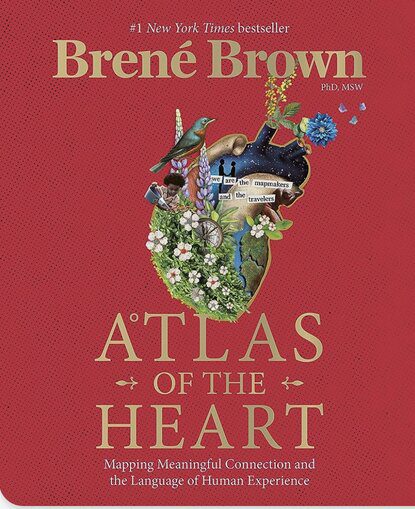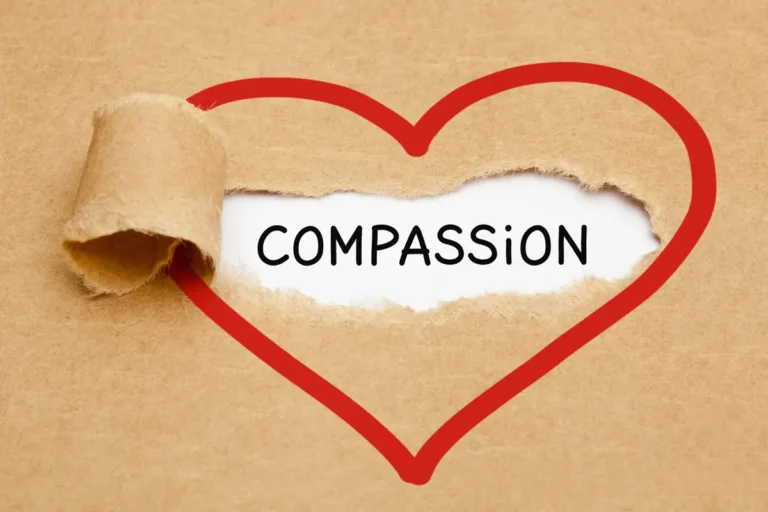According to the Merriam-Webster Dictionary, Compassion is the sympathetic consciousness of others’ distress and a desire to alleviate it. Compassion’s Latin root is pati, which means to suffer with. Everyone is going through something you know nothing about; show some compassion because it goes a long way to make the person going through a trying time feel better. You never know what your kind words or listening ears could do to soothe someone going through a hard time. Life is going to happen to all of us at some point, and the more you can be compassionate with others, the easier for you to have self-compassion.
We live in a world where we are no longer listening to each other; we are all glued to our phones, and eye-to-eye conversation is becoming a rarity; we would rather text than have conversations. We judge people without really knowing what the full story is; we jump to conclusions, project our fears and insecurity and rarely listen to each other. Being compassionate is an opportunity to learn about
“Produced by the Cleveland Clinic 1 as part of a campaign to instill empathy in its caregivers, the video takes you on a short walk through the hospital corridors, the camera lingering on the faces of random passersby, people we’d normally walk past without giving a second thought—except that this time there are subtitles telling us their unseen trials (and occasional triumphs): “Tumor is malignant.” “Husband is terminally ill.” “Visiting Dad for the last time.” “Recently divorced.” And: “Just found out he’s going to be a dad.”
Patient care is more than just healing — it’s building a connection that encompasses mind, body and soul. If you could stand in someone else’s shoes . . . hear what they hear. See what they see. Feel what they feel. Would you treat them differently?

Compassion is not only relevant to those who are blameless victims, but also to those whose suffering stems from failures, personal weakness, or bad decisions. You know, the kind you and I make every day. Compassion, then, involves the recognition and clear seeing of suffering. It also involves feelings of kindness for people who are suffering, so that the desire to help—to ameliorate suffering—emerges. Finally, compassion involves recognizing our shared human condition, flawed and fragile as it is.
Compassion literally means “to suffer with,” which implies a basic mutuality in the experience of suffering. The emotion of compassion springs from the recognition that the human experience is imperfect.
If we can compassionately remind ourselves in moments of falling down that failure is part of the shared human experience, then that moment becomes one of togetherness rather than isolation. When our troubled, painful experiences are framed by the recognition that countless others have undergone similar hardships, the blow is softened. The pain still hurts, but it doesn’t become compounded by feelings of separation. Sadly, however, our culture tells us to notice how we are unique from others, not how we are the same.
“It is in our faults and failings, not in our virtues, that we touch each other, and find sympathy. It is in our follies that we are one.” – Jerome K. Jerome

Radical compassion 3 means including the vulnerability of this life —all life—in our heart. It means having the courage to love ourselves, each other, and our world. Radical compassion is rooted in mindful, embodied presence, and it is expressed actively through caring that “inseparable dimensions of awakening. It depicts awareness as a bird with two wings: When both wings are unfurled in their fullness and beauty, the bird can fly and be free.
In Radical Compassion: Learning to Love Yourself and Your World with the Practice of RAIN, Brach describes a four-step meditation practice for dealing with difficult emotions and limiting beliefs. Each step in the meditation practice are: Recognize, Allow, Investigate, and Nurture.
RAIN Practice
The name is an acronym that stands for the four steps of Recognize, Allow, Investigate, and Nurture.
- ORIGINAL VERSION OF RAIN (MICHELE MCDONALD): Recognize, Allow, Investigate, Non-Identification.
- CURRENT VERSION OF RAIN: Recognize, Allow, Investigate, Nurture.
It was originally introduced as a meditation guide by the senior Buddhist teacher Michele McDonald in the 1980s, and since then it has been adopted and adapted in various ways by mindfulness teachers.
Recognition
Recognition starts the minute you focus your attention on whatever thoughts, emotions, feelings, or sensations you are experiencing right now. The key question here is this:
“What is happening inside me?”
Allowing
Allowing, the next step, asks you to “let be” whatever thoughts, emotions, feelings, or sensations you have just recognized. You initiate it by gently asking, “Can I be with this?” or “Can I let this be?” It’s natural to feel resistance at this point—you wish some of those feelings would go away! Allowing can include the reality of your “no”—the fact that you really hate the way you’re feeling.
THE TWO KEY QUESTIONS OF MINDFULNESS
Ask yourself, “What is happening inside me?”
“Now ask, “Can I be with this?” or “Can I let this be?”
I: Investigate with a Gentle, Curious Attention
Bring an interested and kind attention to your experience
N: Nurture with Loving Presence
Discover what best allows you to feel nurturing, what best allows the part of you that is most vulnerable to feel loved, seen, and/or safe. Spend as much time as you need, offering care inwardly and letting it be received.
Life is this simple: we are living in a world that is absolutely transparent and the divine is shining through it all the time. This is not just a nice story or a fable, it is true. – THOMAS MERTON

The Relationship Between Compassion and Empathy 4
- Compassion is a daily practice and empathy is a skill set that is one of the most powerful tools of compassion. The most effective approach to meaningful connection combines compassion with a specific type of empathy called cognitive empathy.
- Compassion is the daily practice of recognizing and accepting our shared humanity so that we treat ourselves and others with loving-kindness, and we take action in the face of suffering.
- Compassion is a “virtuous response that seeks to address the suffering and needs of a person through relational understanding and action.
- Compassion is fueled by understanding and accepting that we’re all made of strength and struggle—no one is immune to pain or suffering. Compassion is not a practice of “better than” or “I can fix you”—it’s a practice based in the beauty and pain of shared humanity.
Meditation
- Daily Calm with Tamara Levitt – Home Coming
- No matter what is going on in our lives, our bodies and breathing could serve as safe anchors. A safe home to come home to again and again.
Daily Jay with Jay Shetty – Plan for Contingencies
- We often get frustrated in life because we only anticipate one possible outcome and we don’t know how to deal with surprises. Flexibility is one part skill, one part mindset.
Podcast
- 6 Step Plan To Block Social Media From Controlling Your Life And Mind | On Purpose with Jay Shetty



Comments are closed.